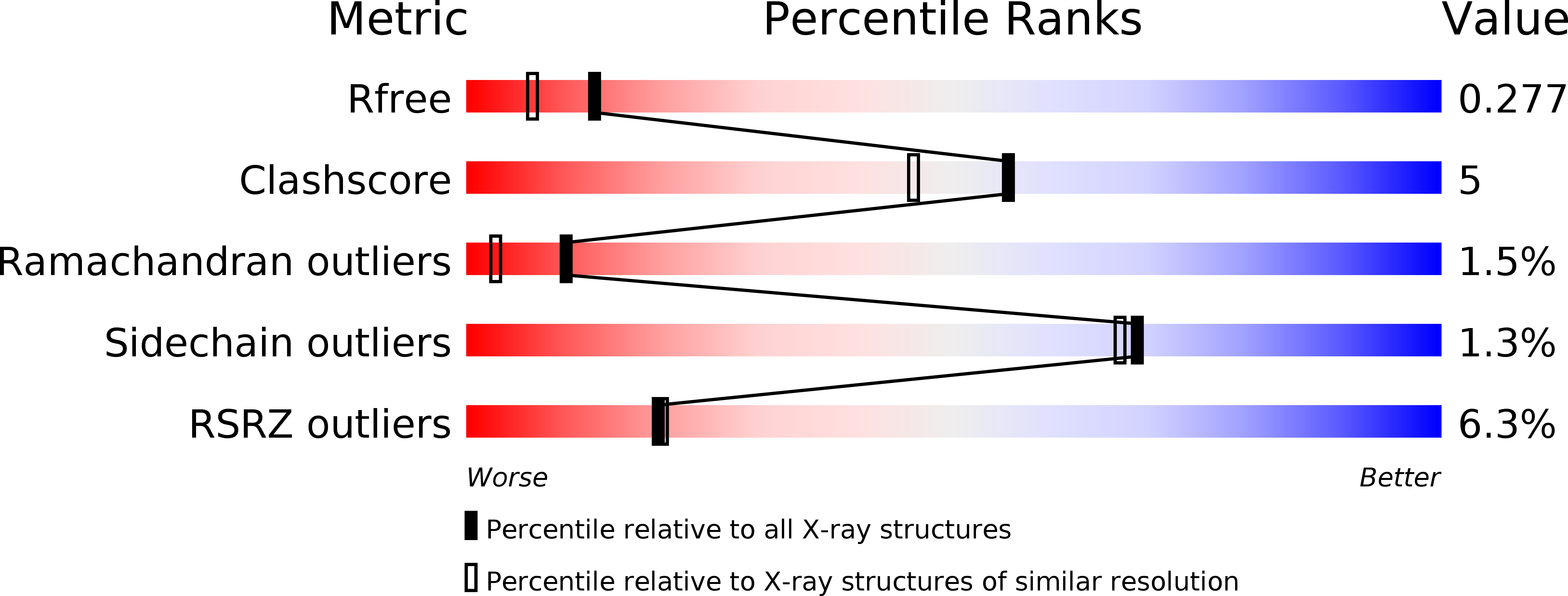
Deposition Date
2015-08-17
Release Date
2016-01-06
Last Version Date
2024-03-06
Entry Detail
PDB ID:
5D8L
Keywords:
Title:
Human HSF2 DNA Binding Domain in complex with 3-site HSE DNA at 2.1 Angstroms Resolution
Biological Source:
Source Organism:
Homo sapiens (Taxon ID: 9606)
synthetic construct (Taxon ID: 32630)
synthetic construct (Taxon ID: 32630)
Host Organism:
Method Details:
Experimental Method:
Resolution:
2.07 Å
R-Value Free:
0.27
R-Value Work:
0.21
R-Value Observed:
0.21
Space Group:
P 1


